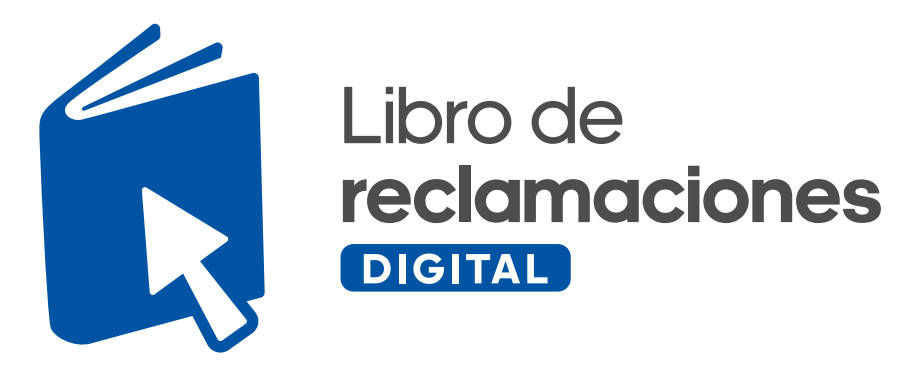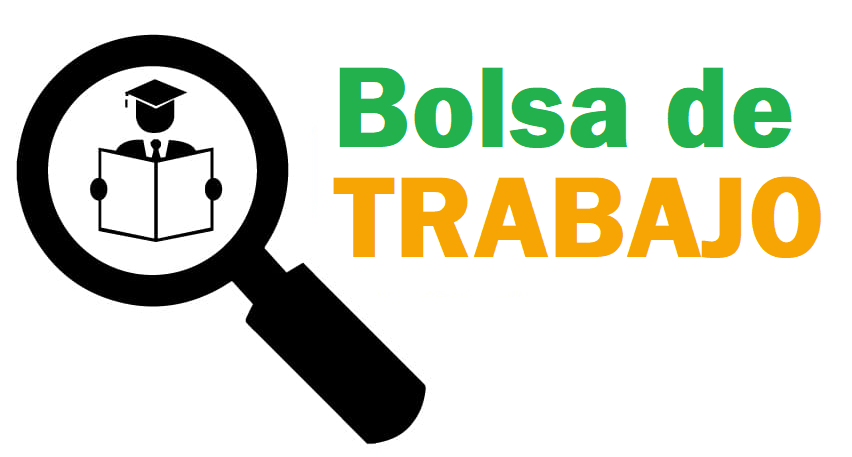Table of Contents
- Introduction: Understanding the Impact of App Bundles on Daily Phone Usage
- The Concept of App Bundles: From Basic to Advanced
- Psychological and Behavioral Foundations of Phone Habits
- The Economic and Marketing Perspectives of App Bundles
- Educational Apps and Their Surge During the Pandemic
- Modern Examples of App Bundles in Practice
- Non-Obvious Factors Shaping Phone Habits through App Bundles
- Future Trends and Ethical Considerations
- Conclusion: Balancing Convenience and Well-being in the Age of App Bundles
1. Introduction: Understanding the Impact of App Bundles on Daily Phone Usage
As smartphones become central to our daily lives, the way we discover, access, and use applications has evolved significantly. One of the most influential trends in this domain is the rise of app bundles. These curated collections of applications are designed to enhance user engagement and simplify access, but they also subtly influence our habits, often encouraging prolonged and habitual use.
This article explores how app bundles shape our digital routines, from psychological underpinnings to economic strategies, and how they can be leveraged responsibly for healthier technology use.
2. The Concept of App Bundles: From Basic to Advanced
a. What are app bundles and how do they differ from individual app downloads
App bundles are collections of multiple applications offered together, often at a discounted price or as part of a promotional campaign. Unlike single app downloads, bundles provide users with a package that meets multiple needs simultaneously—such as productivity, entertainment, or education—streamlining the discovery process and encouraging comprehensive engagement.
b. The evolution of app bundling strategies by developers and platforms
Initially, app bundles were simple offerings, like software suites. Over time, platforms like Google Play and Apple App Store adopted sophisticated strategies, including curated collections, seasonal bundles, and personalized recommendations based on user behavior. For example, during the COVID-19 pandemic, educational app bundles surged, reflecting a shift towards remote learning needs.
c. How app bundles facilitate seamless user experiences
Bundles reduce the friction of searching for individual apps, offering a one-stop solution. They also foster ecosystem loyalty, as users tend to stick with bundled services for convenience. An illustration of this is the integration of productivity tools in a single package, making daily workflows more efficient.
3. Psychological and Behavioral Foundations of Phone Habits
a. The psychology behind app discovery and usage patterns
Human curiosity and the reward system in our brains drive app exploration. When apps are bundled, the perceived value increases, encouraging users to explore multiple applications, often leading to habitual usage patterns. This behavior is reinforced by notifications and updates that keep users engaged.
b. The role of convenience and bundling in reinforcing habitual behavior
Bundles simplify decision-making, making it easier to access a range of apps without searching. This convenience can foster routines, such as checking educational apps in the morning or using fitness bundles during workouts—highlighting how packaging influences daily habits.
c. Examples of habitual usage driven by bundled app offerings
| Scenario | Habit Formation |
|---|---|
| Using a bundled fitness app every morning | Reinforces daily exercise routine |
| Engaging with educational apps during breaks | Builds consistent learning habits |
4. The Economic and Marketing Perspectives of App Bundles
a. How app bundles influence consumer decision-making and spending
Bundles are strategically designed to increase perceived value, prompting consumers to spend more upfront for a package rather than individual apps. This approach leverages loss aversion—the idea that users prefer to avoid missing out on a discounted, comprehensive offer, thus boosting overall spending.
b. The role of digital gift cards (e.g., App Store gift cards from £15 to £200) in promoting app bundles
Gift cards serve as both incentives and gift options, encouraging users to purchase bundles. For instance, promotional campaigns offering discounts on gift cards can motivate users to explore bundled offerings, leading to increased engagement and spending.
c. The impact of search ads (introduced in 2016) on bundle visibility and popularity
Search ads significantly enhance the discoverability of app bundles. Data shows that targeted advertising in app stores correlates with increased bundle downloads and user engagement, especially when combined with personalized recommendations.
5. Educational Apps and Their Surge During the Pandemic
a. The 470% increase in downloads of educational apps in 2020
According to research, educational app downloads skyrocketed during the COVID-19 pandemic, reflecting a global shift towards remote learning. Bundled educational platforms facilitated access, making it easier for students and parents to adopt new learning tools rapidly.
b. How bundles of educational apps contribute to learning habits
Bundles often combine interactive lessons, language learning, and skill-building apps, promoting consistent engagement. For example, a comprehensive educational bundle may include tools for math, reading, and science, encouraging daily practice and long-term learning habits.
c. Case studies of successful educational app bundles and their long-term effects
A notable example is the «Learning Suite» bundle offered by a prominent platform, which combined multiple educational apps at a discounted rate. Long-term studies indicate that users who engaged with such bundles demonstrated improved learning outcomes and increased app retention over time.
6. Modern Examples of App Bundles in Practice
a. Google Play Store’s curated app bundles and their influence on daily routines
Google Play regularly offers curated bundles, such as travel, fitness, or productivity packs. These collections influence users’ routines by integrating essential tools into daily life, making it easier to maintain consistent habits.
b. Integration of platform features like search ads to promote bundles
Search ads tailored to user interests increase bundle visibility. For example, during back-to-school seasons, educational bundles are promoted heavily, resulting in higher adoption rates.
c. The role of promotional tools and gift cards in encouraging bundle adoption
Promotions, discounts, and gift card offers incentivize users to explore bundles. An illustrative case is holiday campaigns featuring gift cards with bundle discounts, effectively driving sales and engagement.
7. Non-Obvious Factors Shaping Phone Habits through App Bundles
a. The impact of subscription models and in-app purchases within bundles
Many app bundles include subscription-based services or in-app purchases, which create ongoing revenue streams for developers. These models also encourage continued engagement, as users seek to maximize value from their subscriptions.
b. Psychological effects of bundled notifications and updates
Frequent notifications from bundled apps can reinforce usage patterns and create a sense of dependency. Updates that highlight new features or content keep users returning, often beyond initial intentions.
c. The influence of platform-specific features on user engagement with bundles
Features like Apple’s App Library or Google Play’s curated collections personalize bundle suggestions, increasing relevance and engagement. Such platform-specific innovations shape how users interact with bundled content.
8. Future Trends and Ethical Considerations
a. Emerging technologies and their potential to personalize app bundles further
Advances in AI and machine learning promise highly personalized bundles tailored to individual preferences and habits. Such customization can enhance user satisfaction but also raises questions about data privacy.
b. Ethical implications of bundling strategies on user autonomy and well-being
Over-reliance on bundled apps and aggressive marketing can diminish user autonomy, fostering compulsive behaviors. Responsible development and transparent communication are essential to mitigate these risks.
c. Recommendations for consumers and developers to foster healthy usage habits
- Set intentional usage limits and monitor app engagement.
- Develop bundles that prioritize user well-being and avoid manipulative tactics.
- Utilize features like app timers or usage reports to stay aware of habits.


